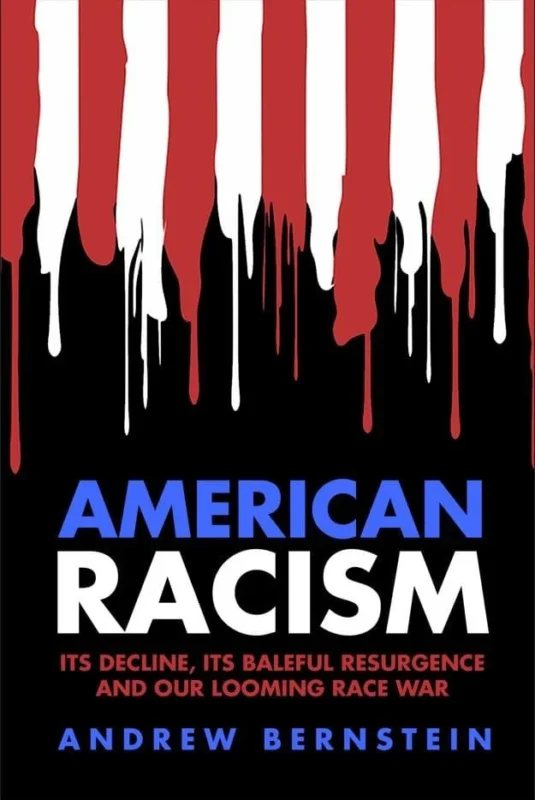With stocks at new highs, are prices too high for the value-minded investor to pay? I say no — although if you are a value-minded trader, the answer may be yes.
The way I look at stock valuations is by comparing consensus forward earnings to current long-term interest rates. That tells me whether the earnings power of stocks can compete with the interest income you can earn by holding bonds.
Today the yield of 30-year Treasury bonds is 4.83%. If you think of the S&P 500 as a bond that pays out its earnings as a “yield,” then the stock market’s yield is 6.5%.
That puts stocks ahead of bonds by 1.67%. Historically, on average, stocks’ earnings only yield 0.2% more than bonds. That means that today stocks are a very, very big value.
My valuation model has been an excellent guide to both short-term and long-term market timing. My model correctly showed stocks being horribly overvalued just before the crash of 1987, and at the top of the bubble market in 2000. It correctly had stocks as a screaming buy at the double-bottom of October 2002 and March 2003.
Over the past 22 years (the period for which I have reliable data to compute my valuation model) the S&P 500 has gained, on average, 4.9% in three-month periods when stocks started out being undervalued. But the S&P 500 gained, on average, only 1.7% in three-month periods when stocks started out being overvalued.
For 12-month periods the story is the same. The S&P 500 gained 18% on average, when stocks were undervalued — but only 9.5% when they were overvalued.
It works. So how about now?
By my valuation model stocks today are extremely undervalued in a long-term historical context. So if you are taking the long view of value, this would be a terrific time to buy stocks.
On the other hand, by my model, stocks have been deeply undervalued for the last several years. It’s been a great period to own stocks, with returns well above the long-run average and risk well below the long-run average. But right now stocks are the least undervalued they’ve been all that time.
In fact, the only time they were less undervalued was last May, just before a sharp correction set in that had the S&P 500 falling 7% in just five weeks. So if you are taking the short view of value, it might not be a bad time to stand aside and expect a pullback in stocks.
But no market-timing technique is perfect. Any model can be fooled by unique circumstances. Let’s take a close look and see if my valuation measure is at risk here of being proven wrong for the first time ever.
First, in the short term, even if my model is perfectly correct in the long term, stocks can move in whatever way they choose. Just because my model says stocks are cheap, that doesn’t mean they can’t get cheaper. Potentially a lot cheaper.
That’s what happened last May. My model said stocks were cheap. Stocks then fell by 7% in just five weeks. So, they became a lot cheaper.
That’s why, for the short term, I’m actually betting against my own model. I know that stocks are cheap, taking the long view. But in the context of the last couple of years when stocks have been persistently cheap, I see them as relatively rich.
If I’m right, then we’re due for a pullback. But what if my model is right? If stocks were to immediately return to normal valuation levels from here, according to the model, the S&P 500 would rise 30%.
I’d hate to miss that, just because I was afraid of a pullback. But that’s the difference between short-term and long-term investing. If you are a long-term investor, then just own stocks as long as they are cheap, and don’t worry about the fluctuations from month to month.
If you are a short-term investor, then you have to play the short-term angles. Get out now, and wait for stocks to get even cheaper. Then pile in, like I did last June after the last correction.
Is there anything that could make the model just downright wrong? Sadly, yes.
If earnings collapse, then the “earnings yield” of stocks won’t look so good relative to the income yield of bonds. Earnings growth is slowing just a bit here, but I certainly don’t see a collapse coming. I think the economy is quite strong — much stronger than most people seem to think — and that means that earnings should continue to motor along nicely.
Another possibility is that long-term bond yields could rise. This would make the “earnings yield” of stocks look worse by comparison. As I’ve written many, many times in this column, I do indeed expect bond yields to rise, and potentially by quite a lot. So I do see my model as vulnerable on this point.
In fact, an extreme version of that concern would have me believe that stocks aren’t really undervalued at all. They are just discounting the very high probability that interest rates will be much higher in the future. What if that’s exactly what happens?
On the face of it, it means that stocks won’t collapse as they might ordinarily under a similar rise in interest rates. After all, they’ve already priced for it. So why should they go down when it happens?
Also, it will probably take quite some time for interest rates to rise all the way to levels that would really affect stock valuations. The long-term Treasury yield would have to rise 1.5% to fully erase the apparent undervaluation in stocks. And in the time it would take that to happen, earnings would continue to grow and would offset some of the loss of value.
The worst-case scenario: What happens if interest rates rise at the same time as earnings fall? Indeed, what happens if the rise in interest rates causes earnings to fall?
This could be exactly what happens later this year when the Fed starts raising short-term interest rates again. Long-term rates will rise, too, and if the Fed gets as aggressive as I’m afraid it might, economic growth — and earnings — could be damaged.
The bottom line is that valuation is telling lots of different stories right now. As a general matter, stocks are cheap by historic standards, so even if something goes wrong with the economy later this year, you’ll own them at good prices.
But don’t get complacent. Cheap or not, we could be in for a short-term correction. And if the Fed starts hiking rates again, all bets will be off.
The above is an “Ahead of the Curve” column first published on SmartMoney.com, where Luskin is a Contributing Editor.









